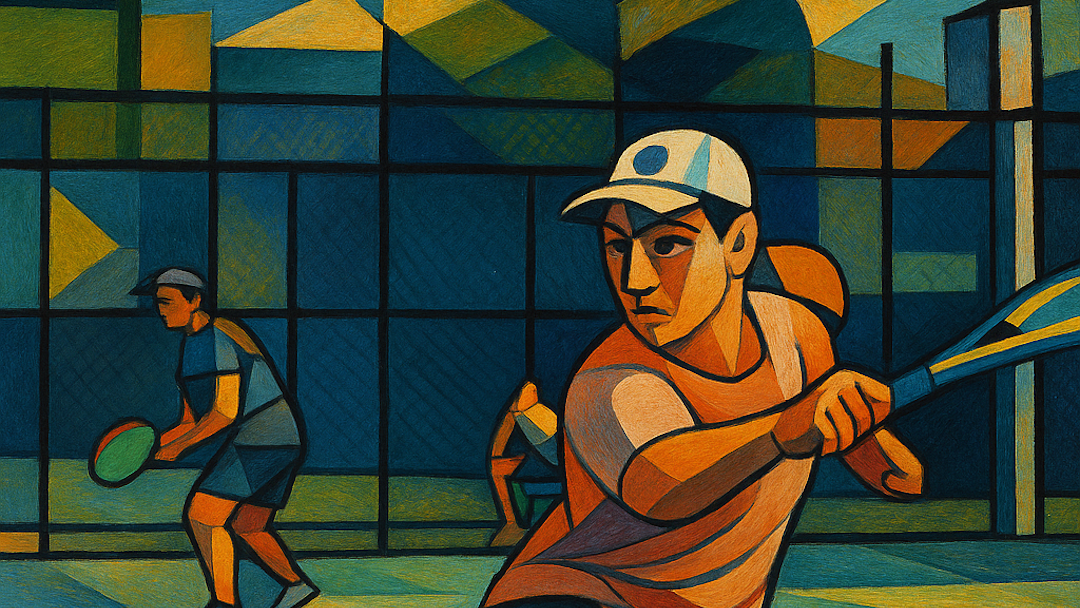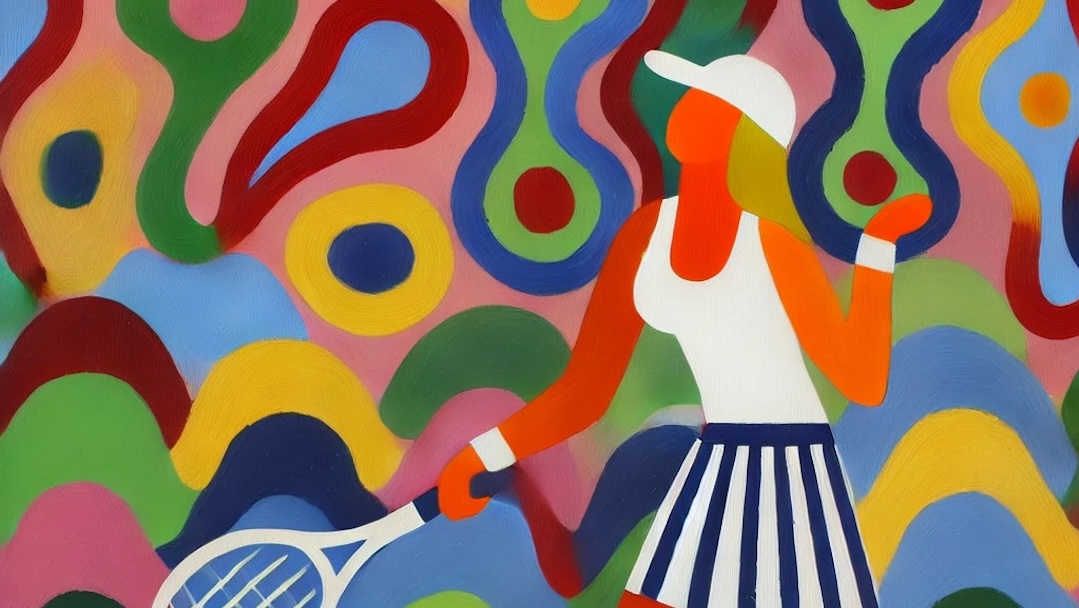This week, Netflix announced that the tennis docuseries “Break Point” would not be renewed for a third season. It was a stark reminder that my review of Season 2 is long overdue. The latest episodes were released earlier this year, immediately before the start of the Australian Open. I’m not sure what the thought process was behind that timing, but I prioritized watching live and current tournament play over last year’s packaged storylines. Apparently, other tennis fans felt the same.
The first episode of the new season started with a self-referential montage of the “Netflix Curse.” Most of the players featured the previous year were eliminated from the Australian Open during the early rounds in what would become Season 2. It is almost like the producers lead with the excuse for why the show wasn’t resonating with fans. Whether it be sourced in superstition or a desire to avoid distractions, it is obvious that many of the top tennis players were unwilling to open their lives to the project.
The editing of Season 2 was distinctly different from that of the original series. Each episode centered around individual player storylines rather than sequentially following the tennis season. Additionally, there seemed to be a concentrated effort to focus on more American players, perhaps as an attempt to attract more viewership in the US Market. In any case, the first season felt like a deep dive into each tournament covered, while the second installment seems more like a Cliff’s Notes story focusing on the development arcs of each player.
It may be telling that many of the male players featured in the docuseries have girlfriends who are social media influencers. I have developed a firm impression that every conversation between Taylor Fritz and Morgan Ridley is absolutely staged. Francis Tiafoe’s girlfriend, Ayan Broomfield, comes off as more authentic. Perhaps it is because she played Division 1 college tennis and actually knows something about the sport. Along those lines, Tommy Paul’s new girlfriend was likely behind his sudden interest in opening his life to the Netflix camera crews.
Obviously, everyone is the hero of their own story, but it is apparent that many of the show’s players were consciously attempting to shape their own narrative. I am among those who question the decision to award a platform to Alexander Zverev. He was portrayed as a hero coming back from a gruesome ankle injury without even a scant mention of his ongoing domestic abuse allegations. It was nauseating to see the show package the player as an inspirational story, particularly at the expense of trashing Daniil Medvedev, whose wife is good friends with one of the women with credible claims of abuse at the hands of Zverev.
The show included storylines that were novel and interesting, at least to me. Then again, I am in a narrow niche of tennis fandom that will appreciate those perspectives. For example, Jessica Pegula and Maria Sakkari were both prominently featured in Season 2. It was fascinating to watch their filmed interactions with their coaches with the present knowledge that those relationships have recently ended.
Another bright spot for me was the insertion of Naomi Osaka as a narrator in Season 2. She apparently replaced Maria Sharapova for the “older and wiser experienced player” viewpoint. It is a rare and candid glimpse into the ordinarily reclusive Osaka’s inner thoughts.
I think “Break Point” was doomed from the onset by the very thing that makes tennis so difficult to promote to a television audience. In any given week, the marketable stars might not be playing due to injury or suffer unexpected early-round losses. The show was left grasping for storylines that would resonate with fans. Unlike the success of the Formula 1 series that “Break Point” tried to emulate, the sport’s top stars don’t always play at the end of the week.
In hindsight, the cancellation of “Break Point” serves as a poignant reminder of the challenges inherent in capturing the essence of tennis for a television audience. The show struggled to find its footing amid shifting player narratives and elusive story arcs. While the on-court coverage is stale, there are still nuggets of insight for fans who watch the show. For example, my weekly posts breaking down the training techniques that appeared in the backdrop will continue for some time.
The Netflix docuseries “Break Point” was such a promising idea. It just didn’t pan out.




Casper Ruud speaking about Break Point:
“It was too much about — I understand that you should try to get to know the other players too much, but it just demanded too much of my time, because they want you to do this and they want to do this, and everything was a little staged in my eyes,” Ruud said at Indian Wells. “You have to kind of invite them to do these things if you want more screen time. That’s not me.”
Meanwhile…
Netflix announced its new documentary project, Alcaraz, the docuseries, which began filming during The Netflix Slam, which he won against Rafa Nadal. This documentary series, created by Morena Films, will take us inside the professional career of Spanish tennis player and youngest No. 1 in the history of international tennis, Carlos Alcaraz.
Alcaraz, the docuseries will follow the tennis prodigy Carlos Alcaraz both on and off the court during his 2024 season. The series will get closer than ever before to one of the best athletes in the world, who is revolutionizing the world of tennis.